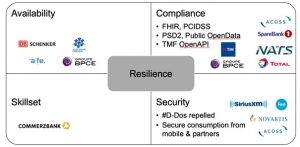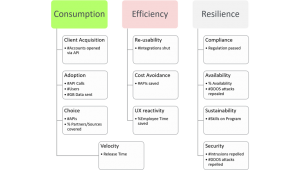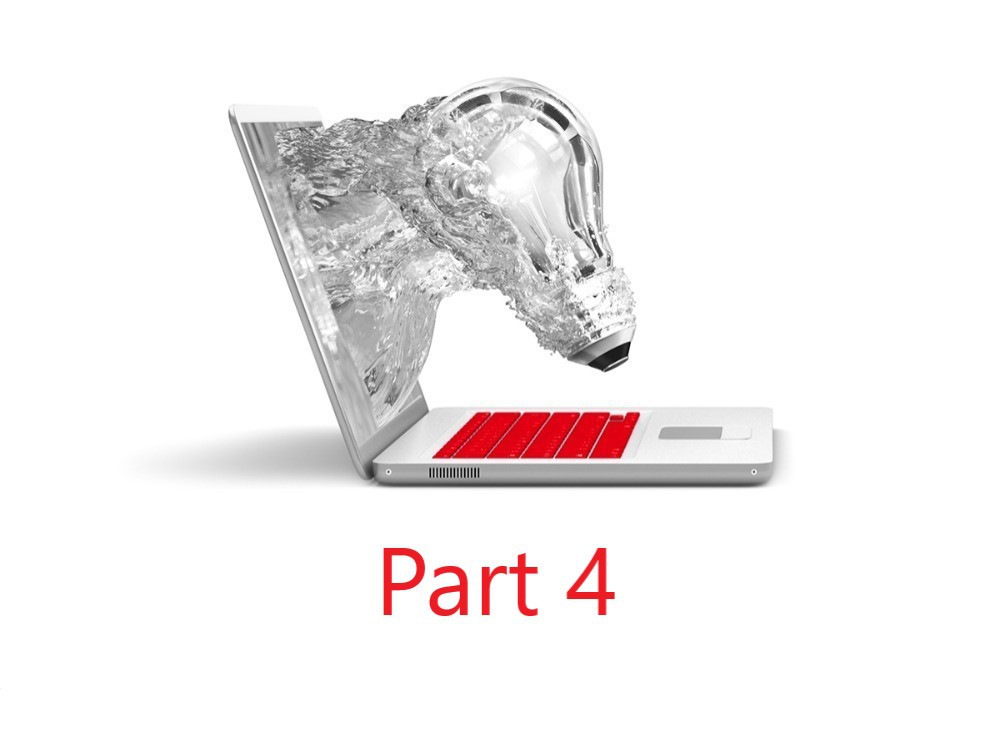In Part Three of our series, KPIs for APIs, we spoke about selecting KPIs to track efficiency impacts. Today we will explore the notion of resilience KPIs.
Resilience KPIs
The resilience category of KPIs for APIs accounts for the risk reduced by an API-first architecture.

Availability KPIs
A good example of resilience is DB Schenker, a global leader in shipping. They are tracking the availability of their platform as a key success metric, reaching 99.99%.
We often see the availability metric with API teams managing large and established platforms, such as Groupe BPCE in banking or AIFE in public services.
Compliance
Another element of resilience is for businesses to make sure they keep or obtain the right to do business, as tracked with the often-binary Compliance KPI:
- In banking in Europe, such as BPCE or SpareBank1, you have to be compliant with PSD2 to stay in business.
- For retailers and utilities such as Total, make sure your e-invoicing complies with PCIDSS.
- Government agencies such as ACOSS managing social security payments in France have to comply with Open Data mandates.
- In transport, a company such as NATS in charge of UK air traffic control has tracked their compliance with the Single European Sky legislation.
Skillset
A great way to manage the risk of your digital platforms is to grow the size of API resources in your organization. For example, Commerzbank has managed to ramp up its number of developers in its program from 15 to 80 developers over four years.
Security
The last category of resilience KPIs revolves around cybersecurity. For example, SiriusXM, a leading digital media in the USA, wanted to improve on the time to address security threats.
They defined a KPI based on the delay taken to design and deploy security policies and managed to multiply it tenfold (x10).
Monetization, negotiate your KPIs with your stakeholders
For your API Program to benefit from the attention, recognition, and budget it deserves, you must negotiate and agree with your stakeholders on KPIs for APIs, the link between the money you generate or save, and the metrics you track:
- Monitor the attribution of revenue generated by your program. By keeping track of revenue that is generated, it’s basically revenue by proxy.
- You should be doing the same with the Allocation of cost savings: make sure the savings you generate are allocated to your API program.
- This just requires designing proper cost accounting with your finance department.
- Make sure your stakeholders understand direct monetization is not the most important driver for API programs.
Most of the monetization of APIs is made indirectly, by facilitating services already accounted for in contracts other than API contracts.
A strong focus on direct monetization would be perilous as it would de-focus your efforts from getting recognition on the value you already bring to the business.
Direct monetization is an exception (<5% of APIs).
Key takeaways from the blogs:

Learn more about APIs, the keys that unlock modern IT, and digital success.

Follow us on social